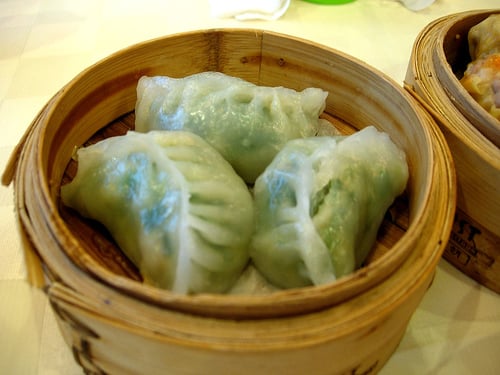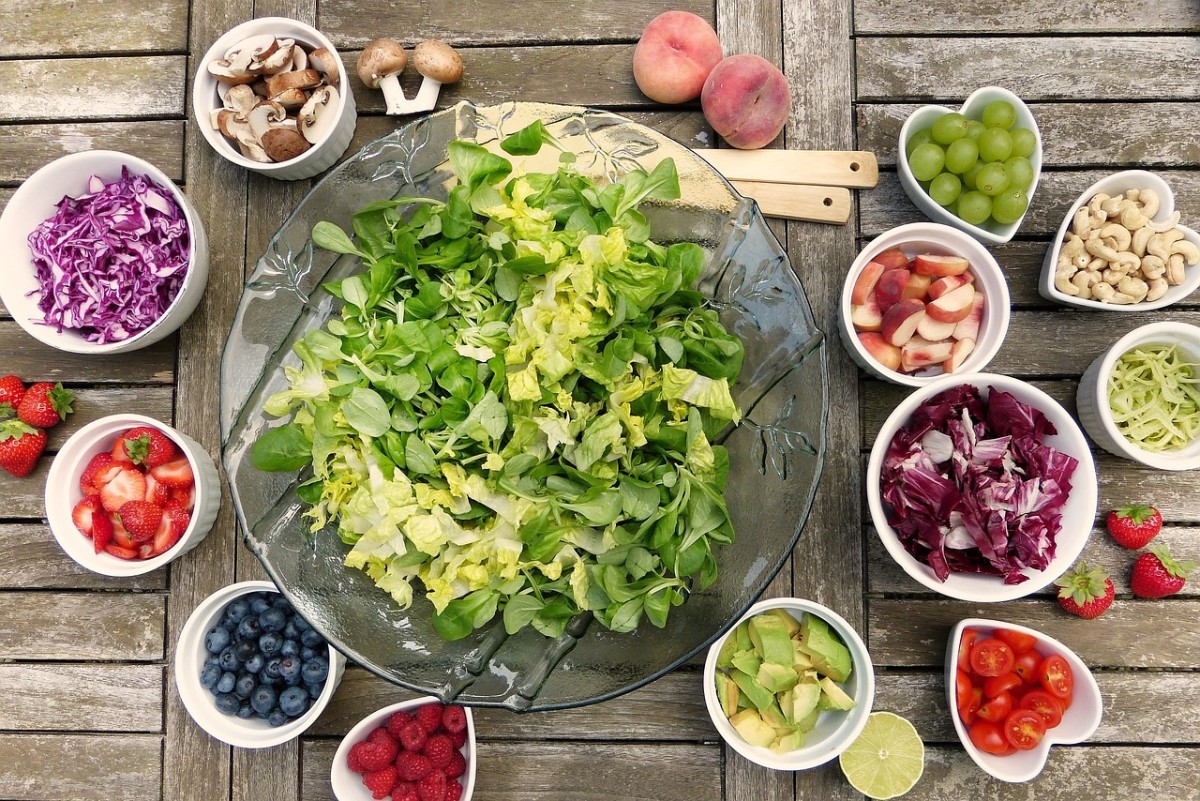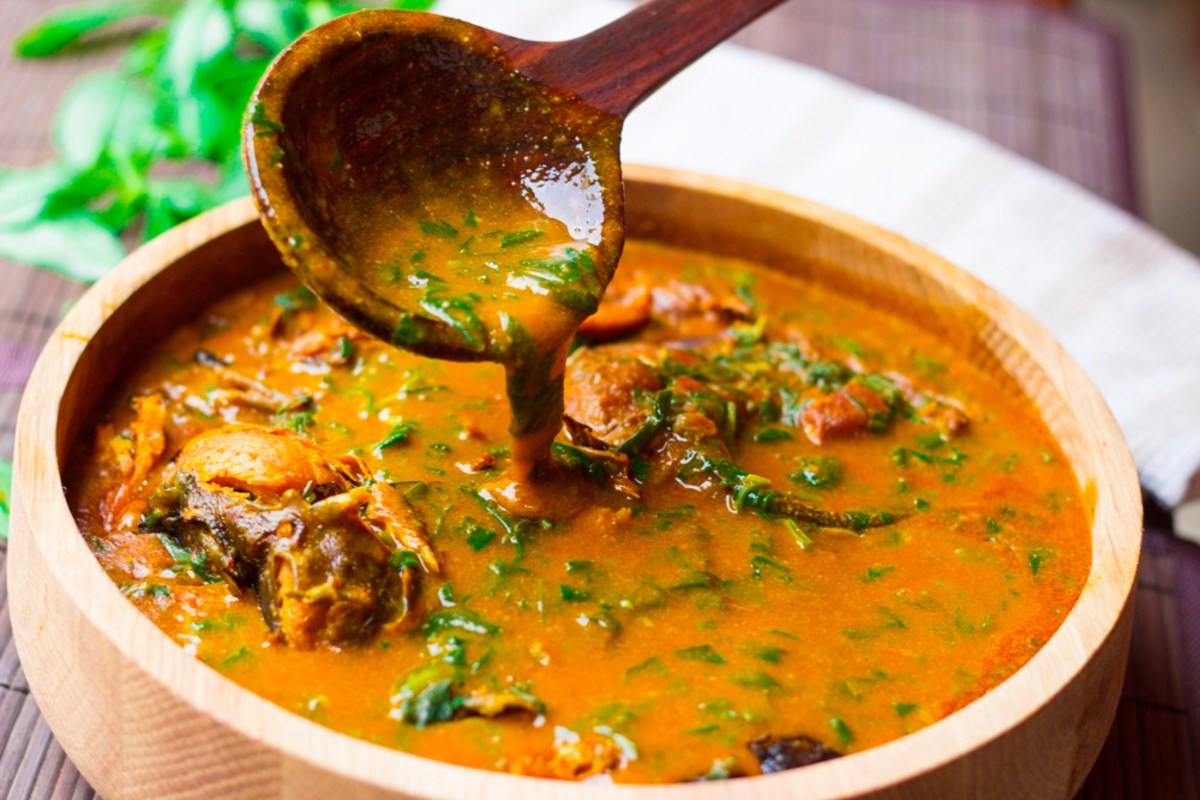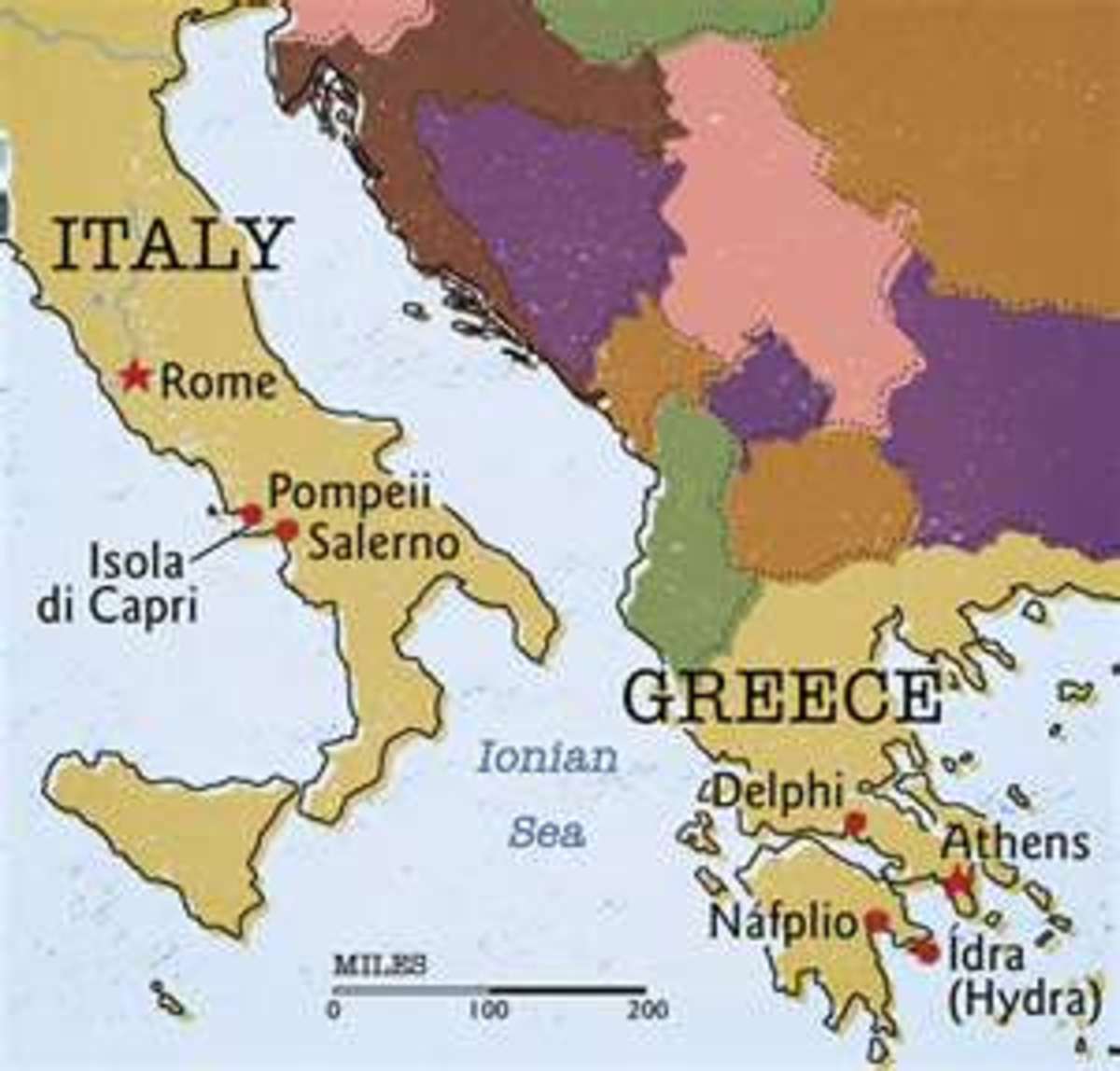Eat Better and Live Longer With Traditional Food Cultures

French Women Don't Get Fat. Japanese Women Don't Get Old or Fat. Chinese Don't Count Calories. Traditional food cultures are hot right now, and for very good reason. People from cultures with very strong food traditions eat tastier foods than Americans and, frequently, more food than Americans, yet they are thinner, healthier, and live longer.
How can this be?
The answer lies in both the foods consumed in traditional food cultures, and the attitude of traditional food cultures towards food.
Traditional Foods Bestsellers
The Mediterranean Diet
One of the most popular traditional food cultures is that of the Mediterranean regions of Southern Europe and the Near East. The traditional Mediterranean diet has been recognized since the 1960s as one of the healthiest in the world.
How to Reap the Benefits of Traditional Food Cultures
In order to take advantage of the benefits of traditional food cultures, you first need to decide on a food culture. Although the best known food cultures are Mediterranean (including French) and Asian, almost any traditional food culture will do.
You can also create a fusion of different food cultures. Although the dishes may vary wildly, most strong food cultures have a number of characteristics in common.
- Traditional diets emphasize local foods, eaten in season at the peak of freshness, or preserved in ways that preserve or enhance nutritional value, rather than reducing it.
- Traditional diets treat red meat as a condiment or special treat, rather than the main event.
- Traditional diets consume animal products primarily from organically fed, pasture-raised animals.
- Traditional diets emphasize nutrient-rich whole foods, including whole grains, fresh vegetables and fruits, and whole dairy products.
- Traditional diets consume many fermented products, such as yogurt and soy sauce.
The healthfulness of traditional diets is further increased by traditional lifestyles.
- Traditional lifestyles emphasize portion control by the simple method of eating until you're full, and then stopping.
- Traditional lifestyles emphasize meals as social affairs.
- Traditional lifestyles treat food as a pleasure, not a source of guilt and stress.
- Traditional lifestyles are active, with lots of walking, bicycling, or other physical activity.

Rediscovering American Food Traditions
Although America's food traditions have been overshadowed in recent decades by the explosion of fast food, convenience food, and other quick fixes that devalue the principles of traditional diets, America once had a number of thriving regional food cultures.
Like Old-World food cultures, American food cultures valued local foods eaten in season at the peak of freshness, or preserved in ways that enhanced their natural value.
One of America's most famous food traditions is "Soul Food," which is descended from the cuisine of Southern slaves. Soul Food is a fusion of African, Creole, Spanish, American Indian, and European cuisines. In its modern form, many traditional Soul Food dishes are notoriously unhealthy. However, during the slavery era and its aftermath, Soul Food cookery was a model of drawing nourishment from unlikely sources, with little or no waste. Traditional Soul Food relied heavily on nutrient-dense, wild-gathered greens and game animals. Slaves and sharecroppers also became masters of drawing nutrition from the "leavings" of their white masters and neighbors. Water used to boil vegetables for the master's family was incorporated into soups, as were offal and other low-quality, yet nutritious meat by-products. Soul Food has its roots in deprivation and oppression, but it is also testament to the human ability to rise above circumstance to produce something unique and extraordinary.
Other uniquely American food traditions include Creole, Cajun, Tex-Mex, and Pennsylvania Dutch, all of which fuse Old World tastes and techniques with New World ingredients.
The traditional diets of most North American Indian tribes were also extraordinarily healthy, due to their reliance on nutritious preparations of wild game, wild plants, and native American crops such as corn and squash. The diet of the Plains tribes was considered especially healthy.
Food Culture Resources
- Slow Food International | good, clean and fair food
Slow Food is a non-profit, eco-gastronomic member-supported organization that was founded in 1989 to counteract fast food and fast life, the disappearance of local food traditions and people's dwindling interest in the food they eat. - Renewing America's Food Traditions
RAFT is an alliance of food, farming, environmental and culinary advocates who have joined together to identify, restore and celebrate America’s biologically and culturally diverse food traditions. - Weston A. Price Foundation
The Foundation is dedicated to restoring nutrient-dense foods to the human diet through education, research and activism.










